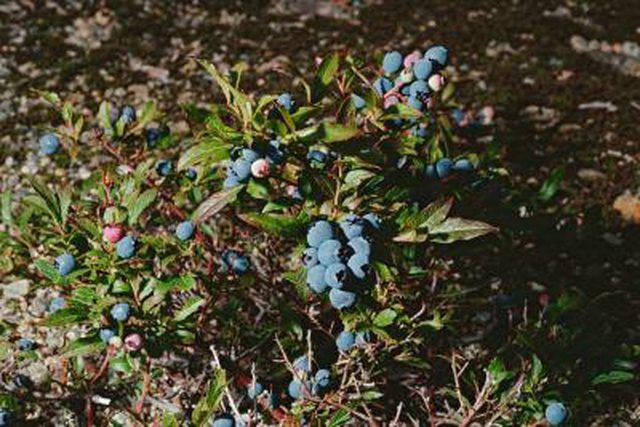Bulbs
Flower Basics
Flower Beds & Specialty Gardens
Flower Garden
Garden Furniture
Garden Gnomes
Garden Seeds
Garden Sheds
Garden Statues
Garden Tools & Supplies
Gardening Basics
Green & Organic
Groundcovers & Vines
Growing Annuals
Growing Basil
Growing Beans
Growing Berries
Growing Blueberries
Growing Cactus
Growing Corn
Growing Cotton
Growing Edibles
Growing Flowers
Growing Garlic
Growing Grapes
Growing Grass
Growing Herbs
Growing Jasmine
Growing Mint
Growing Mushrooms
Orchids
Growing Peanuts
Growing Perennials
Growing Plants
Growing Rosemary
Growing Roses
Growing Strawberries
Growing Sunflowers
Growing Thyme
Growing Tomatoes
Growing Tulips
Growing Vegetables
Herb Basics
Herb Garden
Indoor Growing
Landscaping Basics
Landscaping Patios
Landscaping Plants
Landscaping Shrubs
Landscaping Trees
Landscaping Walks & Pathways
Lawn Basics
Lawn Maintenance
Lawn Mowers
Lawn Ornaments
Lawn Planting
Lawn Tools
Outdoor Growing
Overall Landscape Planning
Pests, Weeds & Problems
Plant Basics
Rock Garden
Rose Garden
Shrubs
Soil
Specialty Gardens
Trees
Vegetable Garden
Yard Maintenance
A Blueberry Bush With Brown Leaves
A Blueberry Bush With Brown Leaves. Brown leaves on blueberry bushes may be caused by a number of things. There are several common culprits, but possible reasons for brown leaves vary by geography and an extension agent or local expert should be consulted if more specific direction is needed.

Brown leaves on blueberry bushes may be caused by a number of things. There are several common culprits, but possible reasons for brown leaves vary by geography and an extension agent or local expert should be consulted if more specific direction is needed.
Soil, Water and Light
Brown leaves on a blueberry bush might simply be the result of improper soil, watering or light conditions. Blueberries require well-draining, acidic soils with plenty of organic matter to thrive. The soil pH should be between 4 and 5.5. Plants should be mulched annually. Pine chips or needles are ideal for this because of their natural acidity. Plants require regular watering. Blueberry bushes generally require full sun to be successful, but in semi-tropical or tropical climates, blueberries perform better in light shade conditions.
Red Leaf Disease
With red leaf disease, terminal leaves on some bushes turn a reddish color mid-summer. The underside of the leaves may appear whitish and later the leaves will turn black and dry up. There is no control for this disease, so the infected bush should be removed and burned.
Shoestring Disease
The most persistent symptom of shoestring disease is narrow, reddish streaks on the young stems of the bush. Some leaves may be misshapen, twisted or strap-like. The disease is spread by the blueberry aphid, which can be controlled with manual removal or aphicides.
Stem Blight
The stem blight fungus causes a rapid wilt and browning or reddening of leaves or individual branches, then quickly spreads to the base of the plant. A plant will not drop its dead leaves, creating an easy-to-spot symptom. The blight is more likely to affect young or damaged bushes, so growers should avoid wounding plants. No fungicide is effective, so pruning or cultural methods are necessary to save an individual plant.
Mummyberry
Mummyberry is perhaps the most commonly known blueberry disease and is caused by a fungus. Blighted (brown and red) shoots are the first symptom of mummyberry. Spores form on the shoot and in turn infect the blossoms, causing shriveled, pink fruits to develop. Properly applied fungicides can be used to control mummyberry.